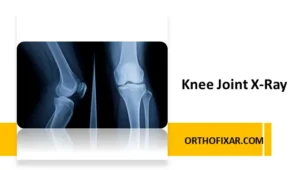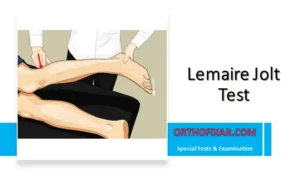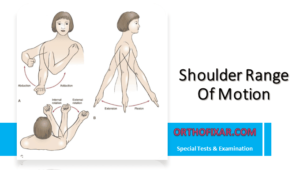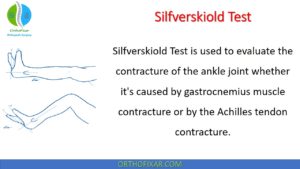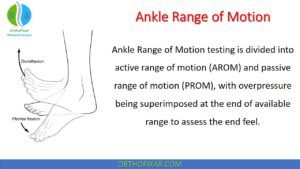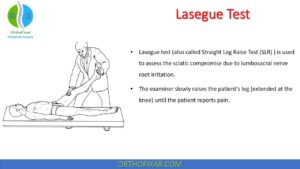Rhomboid Muscle Exercises for Better Posture and Pain Relief
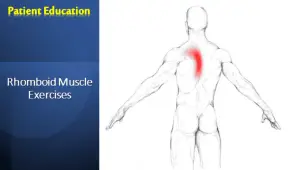
Learn effective rhomboid muscle exercises to improve posture, reduce upper back pain, and strengthen your shoulder blades. Professional tips included.
The rhomboid muscles, located between your shoulder blades, play a crucial role in maintaining proper posture and shoulder stability. These often-overlooked muscles are essential for pulling your shoulder blades together and supporting your upper back throughout daily activities.
The rhomboids consist of two muscles: the rhomboid major and rhomboid minor. These diamond-shaped muscles connect your spine to your shoulder blades, working to retract and stabilize the scapulae. When these muscles are weak or tight, you may experience upper back pain, rounded shoulders, and poor posture.
Common Signs of Rhomboid Issues
Many patients experience rhomboid-related problems due to modern lifestyle factors:
- Persistent aching between the shoulder blades
- Rounded shoulder posture
- Difficulty maintaining upright posture
- Upper back stiffness, especially after prolonged sitting
- Headaches related to neck and shoulder tension
See Also: Rhomboid Major & Minor Muscles Anatomy
Effective Rhomboid Muscle Exercises
Here is a list of the best exercise for rhomboids muscle for better posture and pain relief:
1. Wall Angels
Stand with your back against a wall, arms in a “W” position. Slowly slide your arms up and down the wall while maintaining contact. This exercise promotes proper scapular movement and strengthens the rhomboids in a functional pattern.
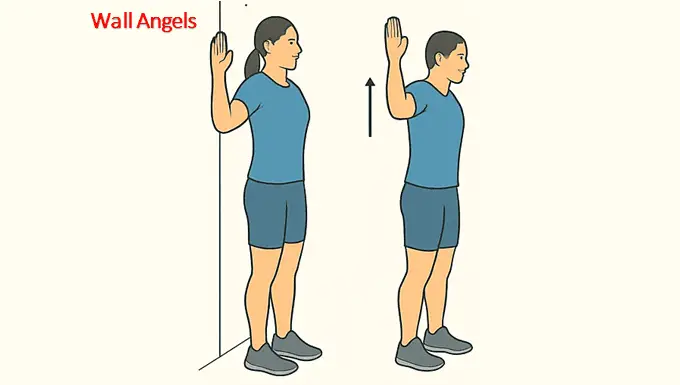
2. Prone Y-T-W Raises
Lying face down, lift your arms in Y, T, and W positions. These variations target different aspects of rhomboid function while also engaging surrounding stabilizing muscles.
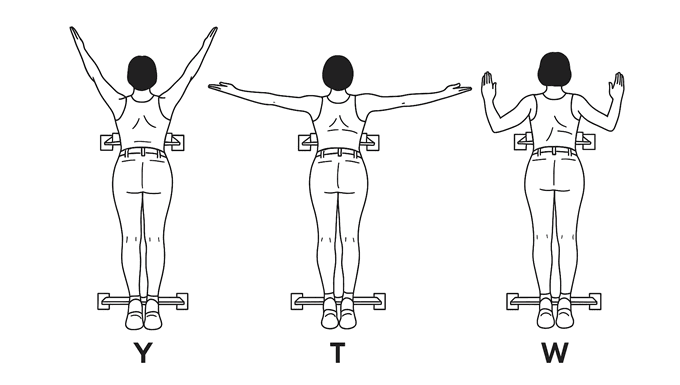
3. Resistance Band Rows
Using a resistance band, perform seated or standing rows with a focus on squeezing your shoulder blades together. This exercise provides variable resistance and can be easily modified for different strength levels.
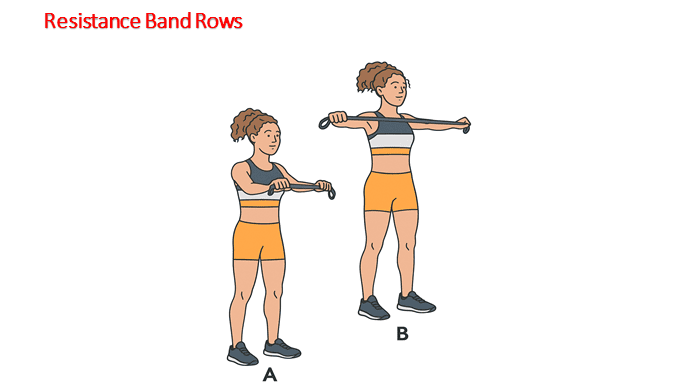
4. Reverse Flyes
Whether using dumbbells or resistance bands, reverse flyes specifically target the rhomboids and rear deltoids, helping to counteract forward head posture.
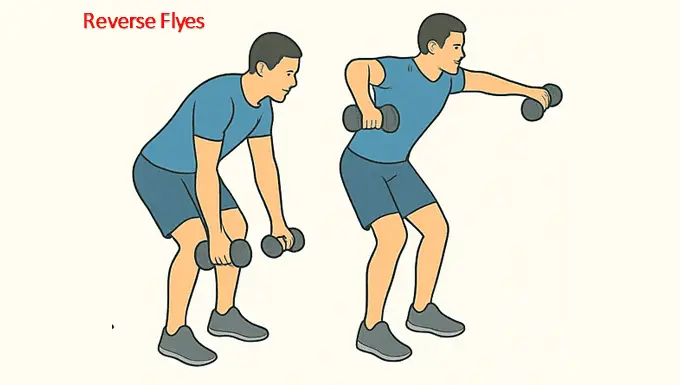
5. Doorway Stretches
For flexibility, gentle doorway stretches help lengthen tight pectoral muscles while allowing the rhomboids to work more effectively.
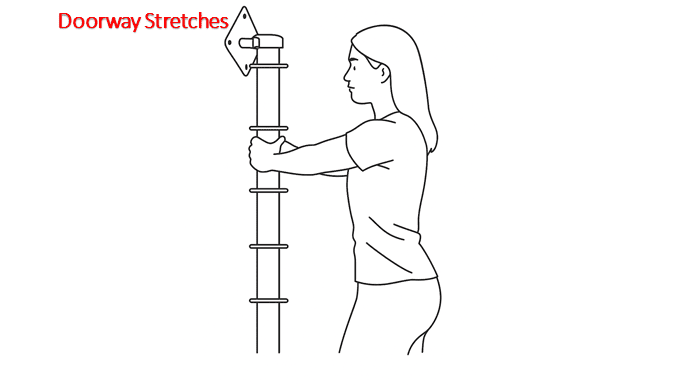
Rhomboid Muscle Exercises Guidelines and Safety
Frequency: Perform these exercises 2-3 times per week, allowing rest days between sessions for muscle recovery.
Repetitions: Start with 2 sets of 10-15 repetitions, gradually progressing as strength improves.
Form Focus: Quality over quantity is essential. Slow, controlled movements with proper form are more beneficial than rushing through repetitions.
Pain Monitoring: Exercises should challenge your muscles without causing sharp pain. Mild muscle fatigue is normal, but discontinue any exercise that causes significant discomfort.
When to Seek Professional Help
While these Rhomboid Muscle Exercises are generally safe for most individuals, certain situations warrant professional consultation:
- Persistent pain lasting more than a few days
- Numbness or tingling in the arms or hands
- Significant limitations in shoulder or neck movement
- Pain that worsens with exercise
- History of shoulder or neck injuries
Integrating Rhomboid Muscle Exercises into Daily Life
The most effective approach combines targeted strengthening Rhomboid Muscle Exercises with postural awareness throughout the day. Consider setting hourly reminders to check your posture, take brief movement breaks during prolonged sitting, and incorporate these exercises into your regular fitness routine.
Physical therapists can provide personalized exercise programs and manual therapy techniques to address specific imbalances. They can also assess your workspace ergonomics and daily movement patterns to identify contributing factors to rhomboid dysfunction.
Remember that consistency is key to seeing improvement. Most patients begin noticing positive changes in posture and comfort within 2-4 weeks of regular exercise performance. Building strong, flexible rhomboids contributes not only to immediate symptom relief but also to long-term spinal health and injury prevention.
By taking an active role in your upper back health through targeted exercise and postural awareness, you can effectively address rhomboid-related issues and maintain a strong, well-aligned spine for years to come.
References & More
- Farrell C, Kiel J. Anatomy, Back, Rhomboid Muscles. [Updated 2023 May 16]. In: StatPearls [Internet]. Treasure Island (FL): StatPearls Publishing; 2025 Jan-. Available from: PubMed
- Fennell J, Phadke CP, Mochizuki G, Ismail F, Boulias C. Shoulder Retractor Strengthening Exercise to Minimize Rhomboid Muscle Activity and Subacromial Impingement. Physiother Can. 2016;68(1):24-8. doi: 10.3138/ptc.2014-83. PMID: 27504044; PMCID: PMC4961314. PubMed
